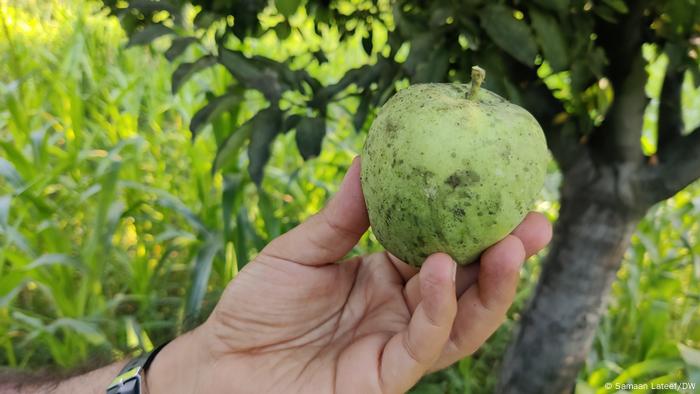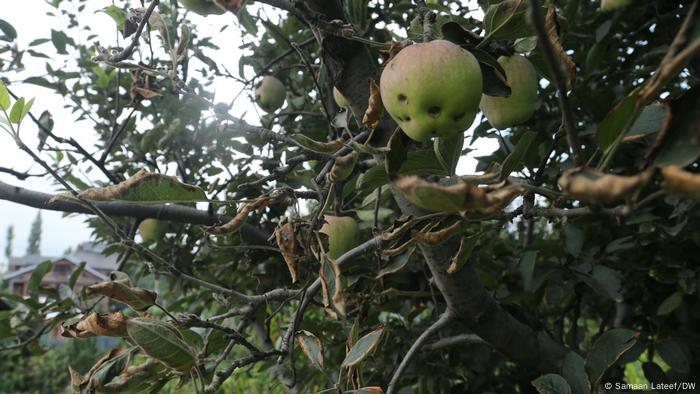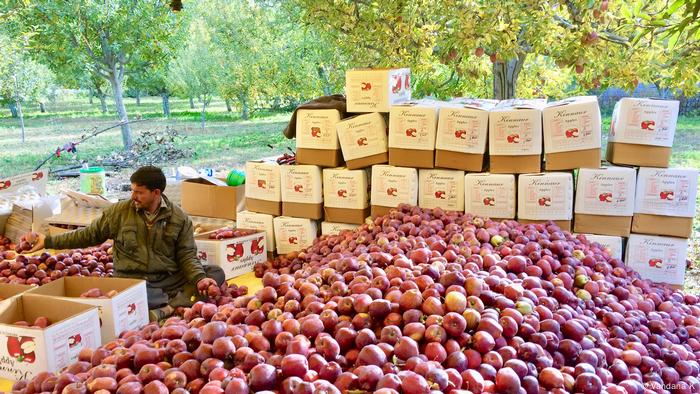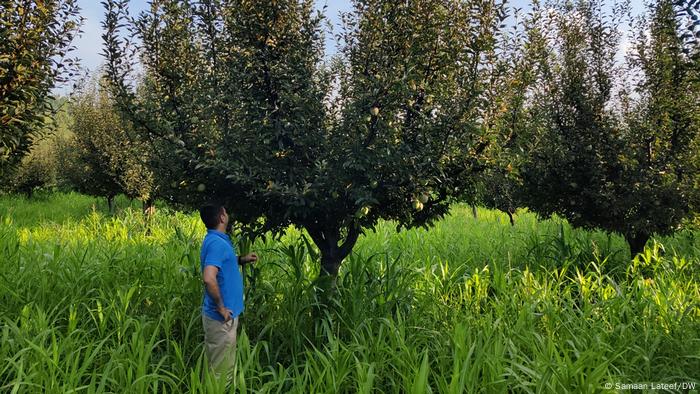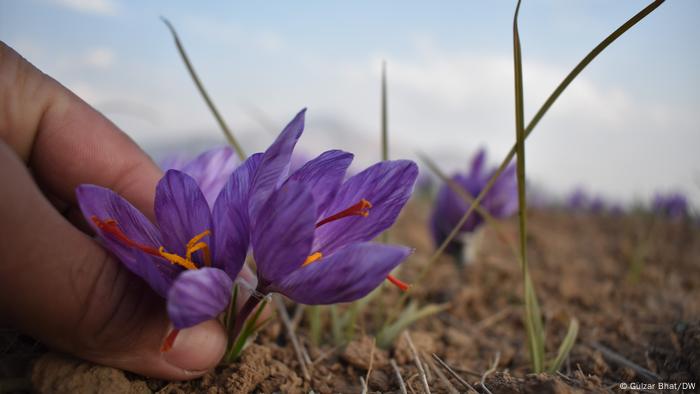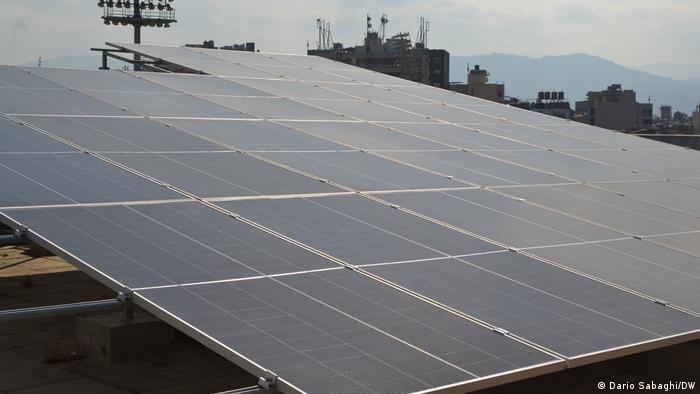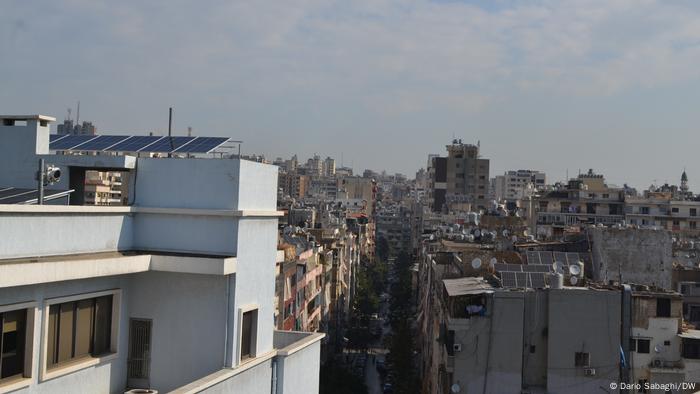Almost two-thirds of Europe is affected by drought — EU
According to the European Commission, the current drought could be the worst "for at least 500 years." Large swaths of the continent are now in a state of drought alert or drought warning.
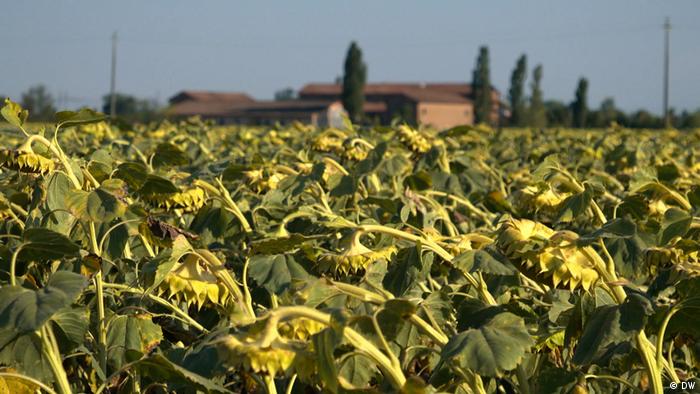
Due to the drought, sunflower yields in Europe in 2022 are expected to be 12% below the average of the previous five years
Nearly two-thirds of Europe is threatened by drought, according to a report by the Joint Research Centre, the European Commission's science and knowledge service.
The drought may be the worst "for at least 500 years," European Commission spokesperson Johannes Bahrke said on Tuesday.
"This is of course only a first assessment, and we need to confirm this with final data at the end of the season," Bahrke said, referring to the report, which was published on Monday.
Details of the EU report on drought
According to the report, 47% of Europe is under warning conditions, with a clear deficit of soil moisture. A further 17% is in a state of alert, in which vegetation is affected.
Scarce rain and successive heat waves that began in May have affected river discharges and water levels.
"The severe drought affecting many regions of Europe since the beginning of the year has been further expanding and worsening as of early August," the report found.
What are the consequences of the drought in Europe?
The dry conditions have already affected inland waterway transport, power generation and yields of certain crops in Europe.
Low water levels have forced shippers to reduce their loads on waterways such as the Rhine. Reduced water volumes have also adversely affected the energy sector for both hydropower generation and cooling systems of other power plants.
Summer crops have suffered, with 2022 yields for grain maize set to be 16% lower than the average of the previous five years and soybean and sunflowers yields set to fall by 15% and 12%, respectively.
"Soil moisture and vegetation stress are both severely affected," the report found, listing over a dozen countries where drought hazard has been increasing, including Germany, France and Britain. "The rest of Europe, already affected by drought, maintains stable severely dry conditions," according to the report.
Asit Biswas, visiting professor at the University of Glasgow, told DW said that the water crisis is a "crisis of management."
"We have plenty of water for everything we want," Biswas said, adding that management over the last several decades has been unsustainable.
"We have really poor management all over the world, and we're blaming it on water scarcity," he said. He argued that even with climate change and prolonged droughts and floods, better management would allow humanity to weather the crisis.
"There are some places now [where] they're losing 60% of water" due to faulty infrastructure, Biswas said.
Biswas argued that lawmakers "only get interested when there is a prolonged drought or a prolonged flood." "The moment the flood disappears, water disappears from the agenda."
Conditions will not improve in coming months
Regions where conditions are deteriorating the most are those that were already affected by drought in spring 2022 — including northern Italy, southeastern France, and some areas of Hungary and Romania — according to the report.
Researchers forecast that conditions in the western Euro-Mediterranean region are likely to be warmer and drier than normal through November.
Britain will also need to continue to manage water resources carefully over the coming weeks and months to meet its needs following the driest summer for 50 years, the National Drought Group announced on Tuesday.
According to the group, which is made up of government officials, water companies and environmental organizations, there is enough water for all essential household and business needs. Ten of the Environment Agency's 14 areas in England are now in drought status.
dh/rt (dpa, Reuters)Date 23.08.2022




